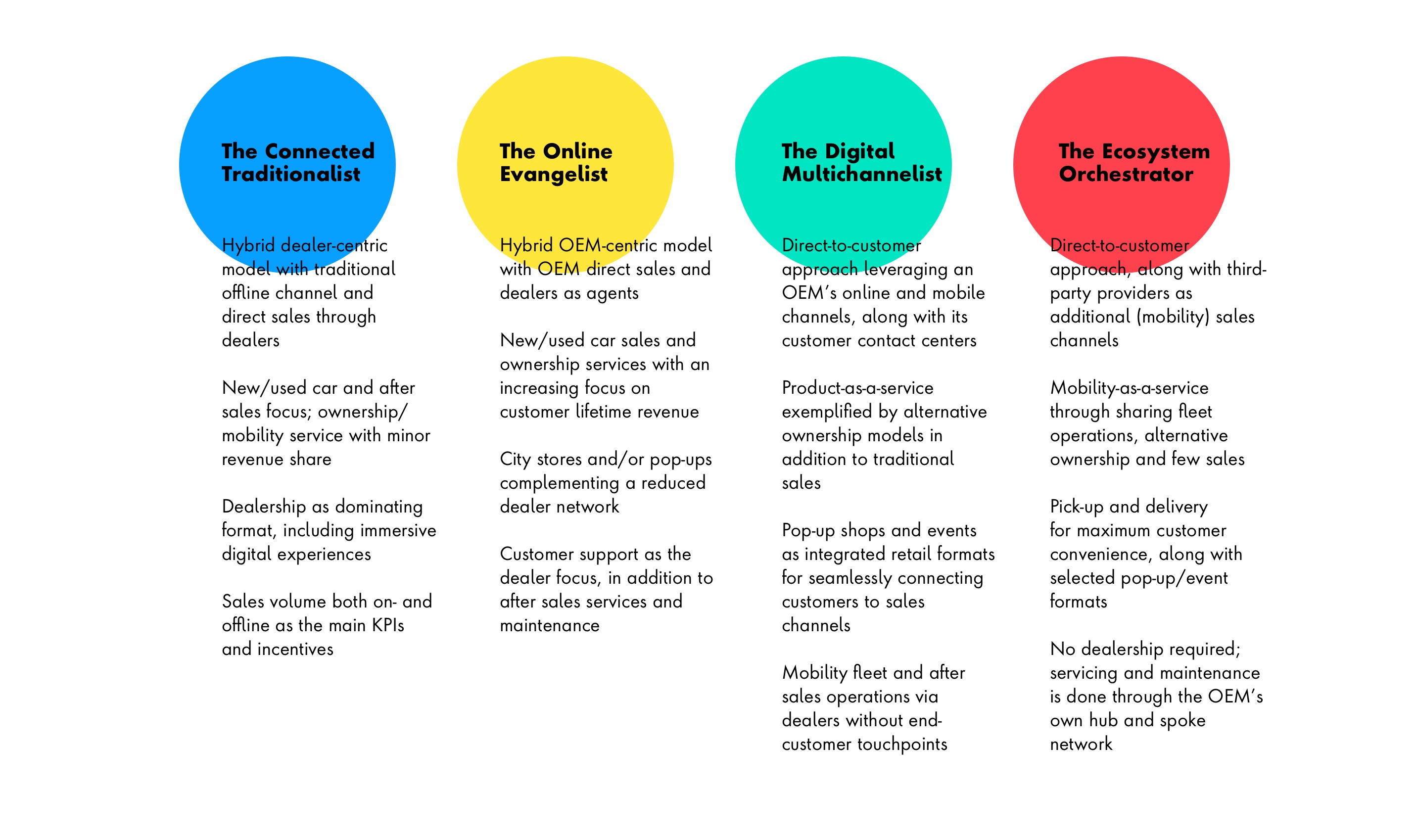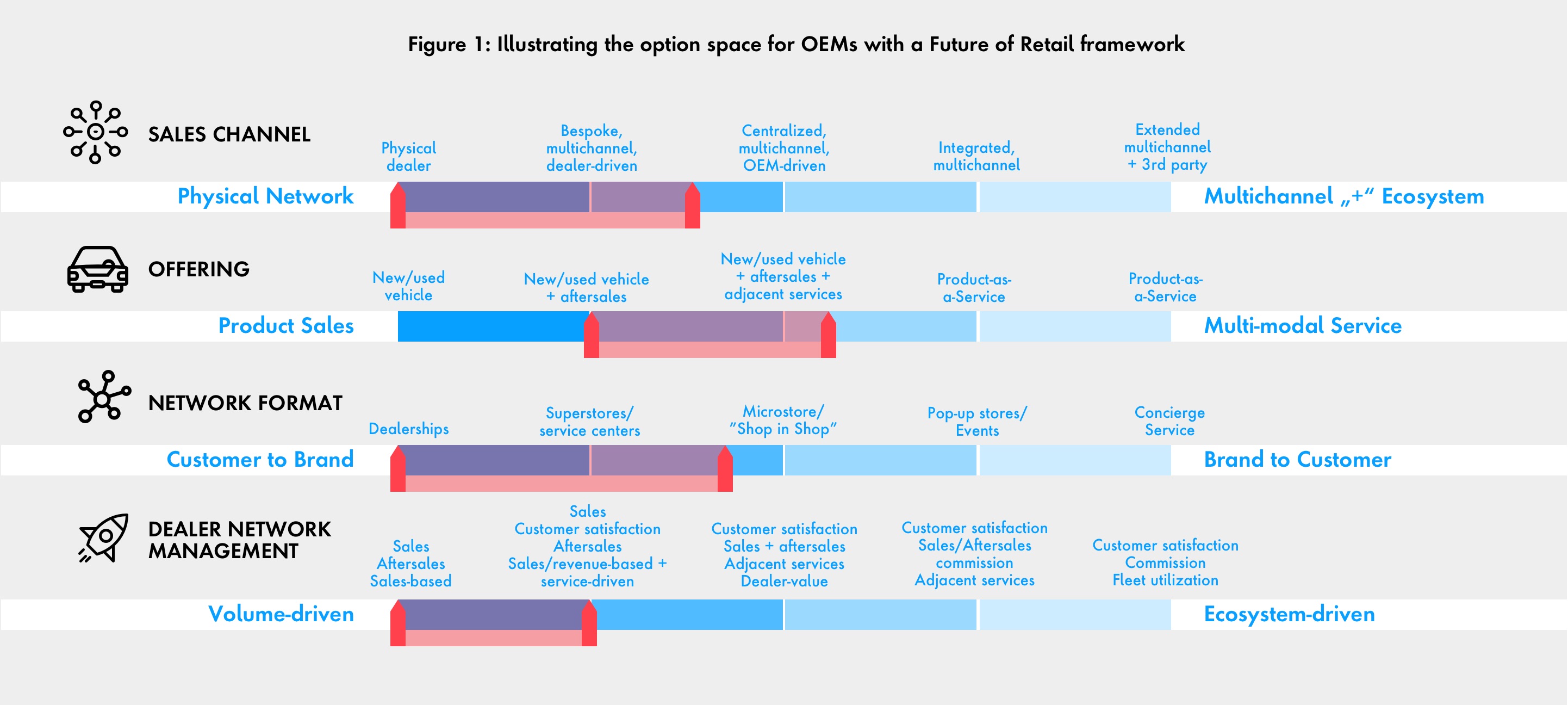4 approaches to customer experience, loyalty and value
When we think about the evolution of the automotive landscape, the undeniable turn of events has been – and continues to be – an increasing focus on the customer. Customer behavior now stands at the center of the transportation and mobility web influencing everything from design, engineering and innovation to relationships between original equipment manufacturers (OEMs), national sales companies (NSCs) and dealers. The race is on as players across the automotive industry are striving (in some cases, scrambling) to incite long-term customer loyalty and value via more accessible, convenient, personalized and rich experiences.
While it is the obvious path, affecting a shift towards customer-centricity is anything but simple. Generations of brand- and relationship-building, automotive incentive programs and agreements around data-sharing stand at the foundation of today’s automotive environment – making alterations difficult to execute. Many business leaders, while adamant and open to change, are finding themselves unable to answer the most important questions: How do we go about arranging the best future for our business without faltering in the present? How do we amplify the customer voice into processes already well-ingrained in our culture and systems? How do we reimagine the transportation and mobility model tuned to new market and customer dynamics?
















